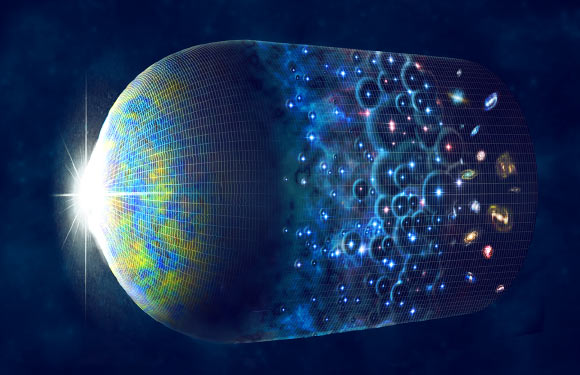
A new study shows that the Universe has already entered a phase of decelerated expansion at the present epoch and that dark energy evolves with time much more rapidly than previously thought.
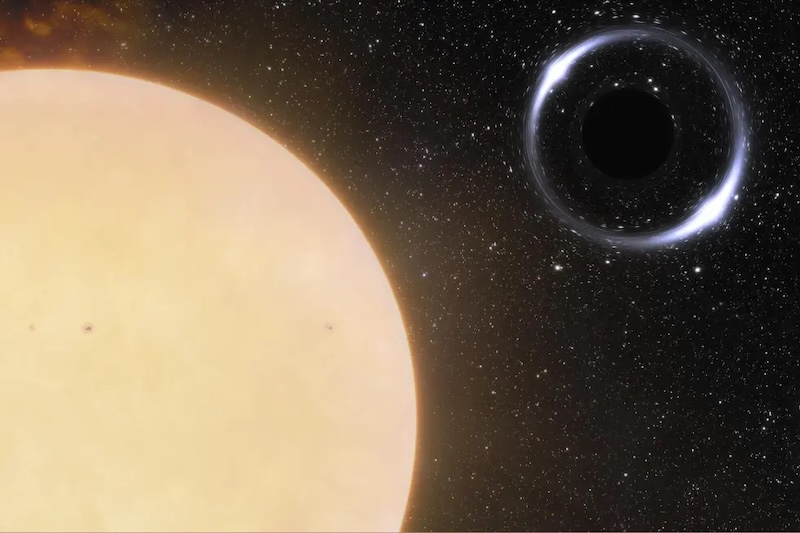
Dark matter particles could accumulate inside giant Jupiter-like exoplanets. Dense dark matter particles could eventually collapse to form a black hole inside a planet. The black hole could then ultimately consume the entire planet.

Scientists are on the trail of a mysterious five-particle structure that could challenge one of the biggest theories in physics: string theory.
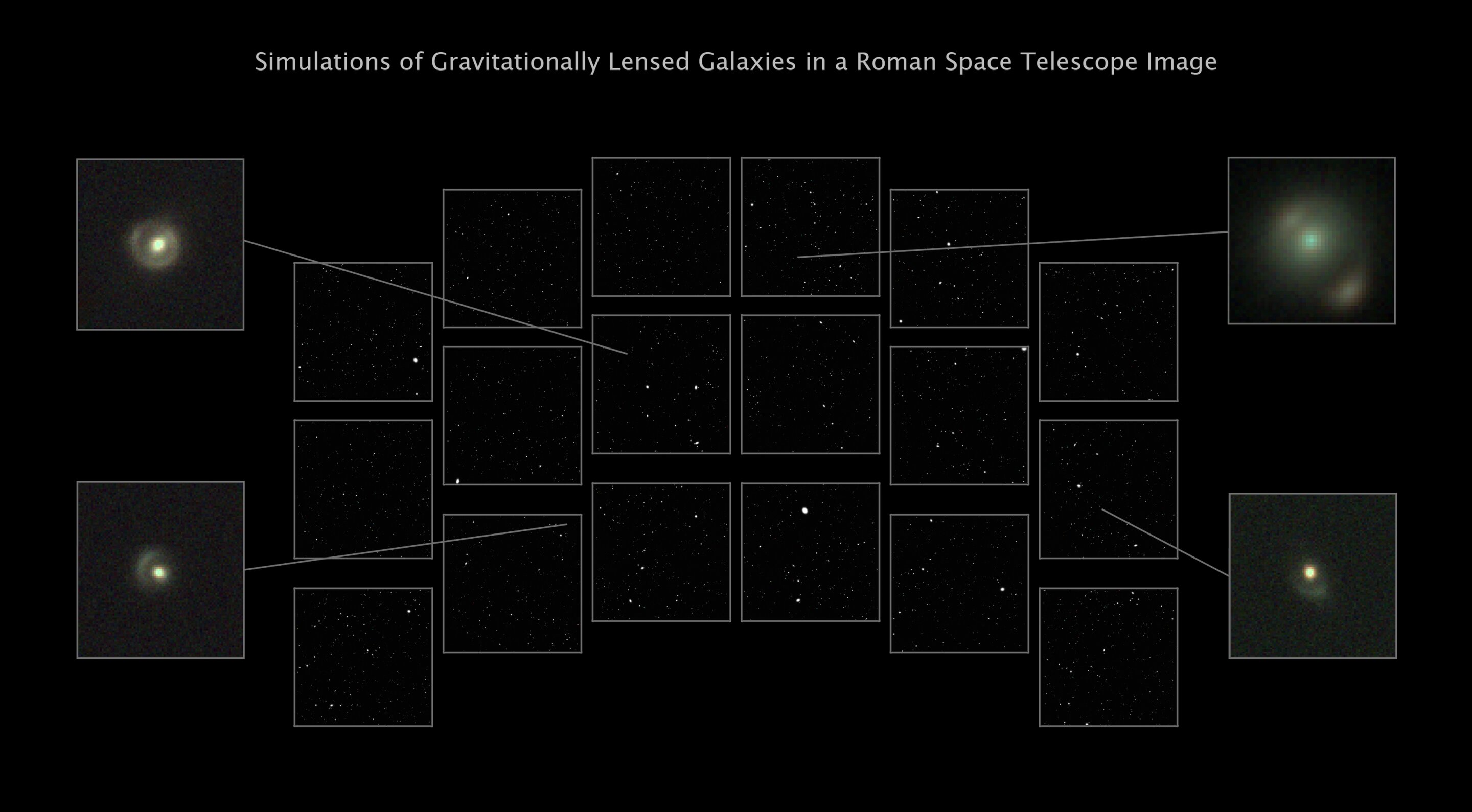
Dark matter affects how stars move within galaxies, how galaxies build up over time, and how everything in the universe is held together - but no existing tool has directly detected it. While dark matter does not reflect, absorb, or emit light, it can still be indirectly observed by telescopes.

Researchers propose a new theory for the origin of dark matter. It could have formed in the early universe from the collision of massless particles that lost their energy and condensed.

The mysterious force called Dark Energy, which drives the expansion of the Universe, might be changing in a way that challenges our current understanding of time and space.
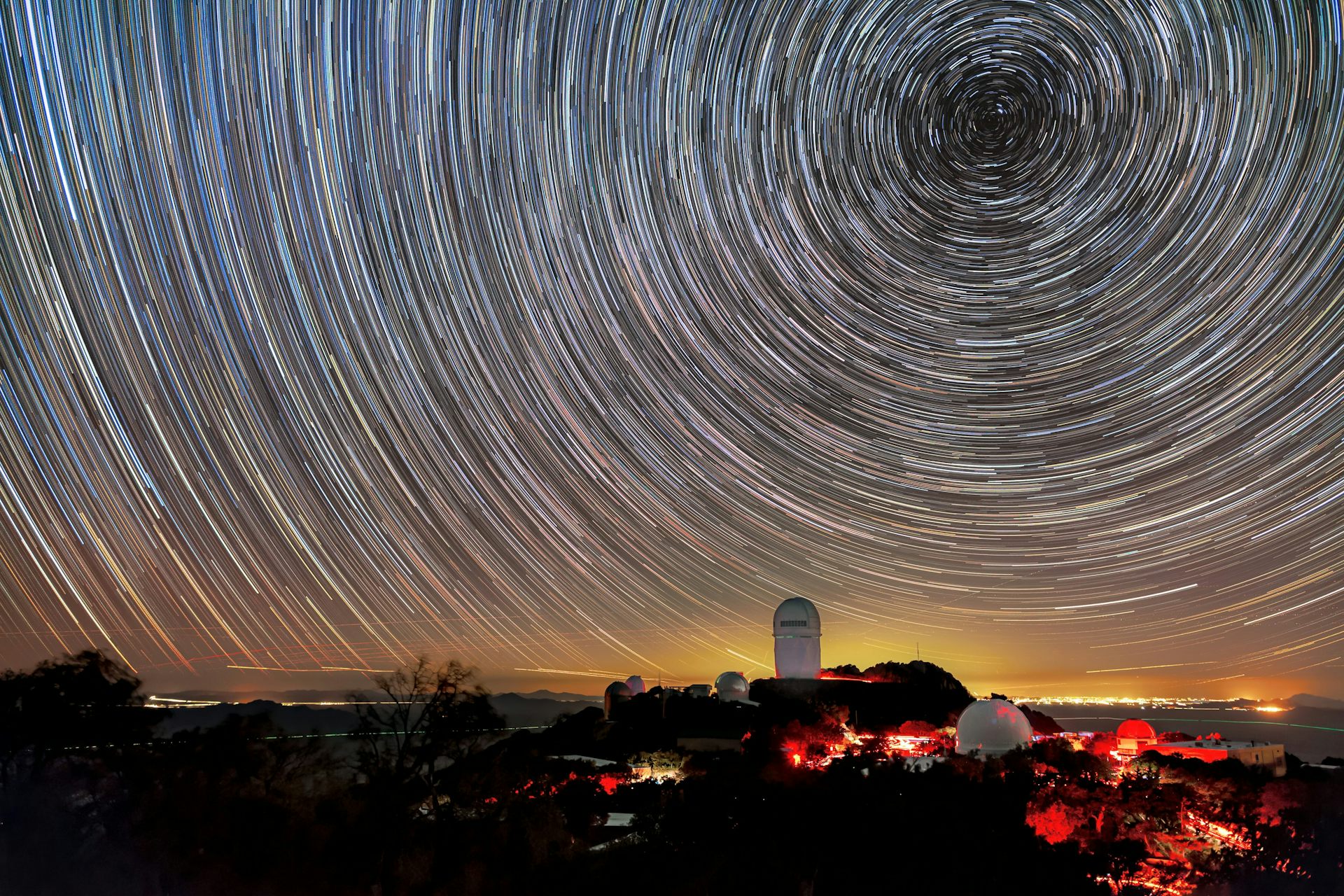
However, new results from the Dark Energy Spectroscopic Instrument (DESI), released today, suggest dark energy may be changing over time.
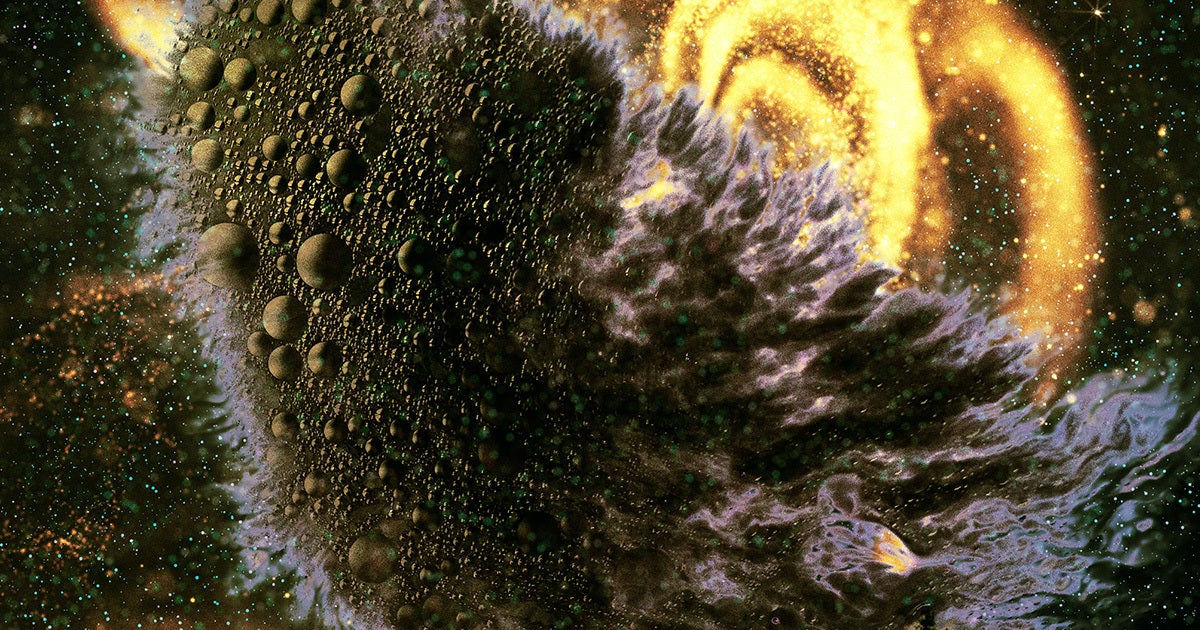
Recent research proposes a new form of dark matter that may actually be lighter in mass than other dark matter candidates.
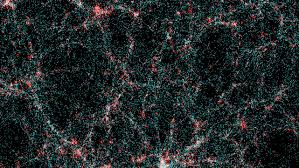
One of the biggest mysteries in science - dark energy - doesn't actually exist, according to researchers looking to solve the riddle of how the Universe is expanding.

In case dark matter didn't seem mysterious enough, a new study proposes that it could have arisen before the Big Bang.

A new study suggests that dark matter may have originated from a separate "Dark Big Bang," occurring shortly after the birth of the universe.

A team of researchers has just found that the predicted curvature of space-time calculated using relativity does not always quite match up to what we observe

Using data from the Dark Energy Spectroscopic Instrument (DESI), astronomers have completed the most precise gravity test ever taken.
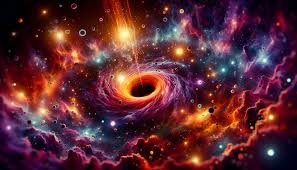
If the hypothesis that black holes are related to dark energy is proven correct, it would revolutionize conventional knowledge about black holes and dark energy.
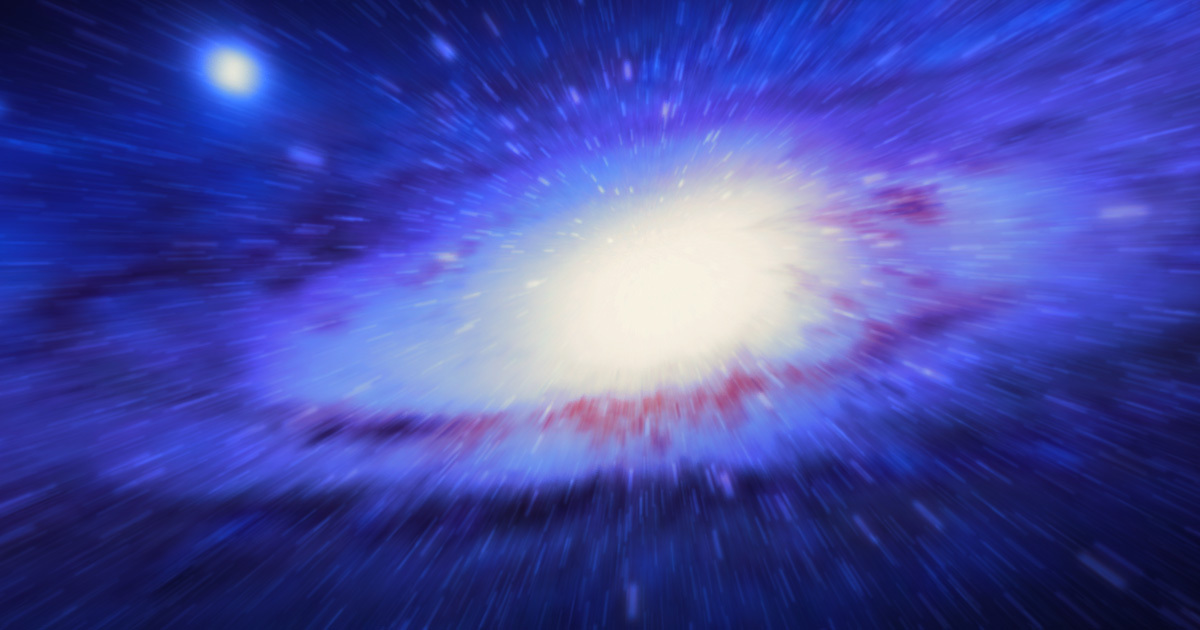
Strange thing about our galaxy's nucleus, according to new research: stars that stay young indefinitely by feeding off dark matter particles.